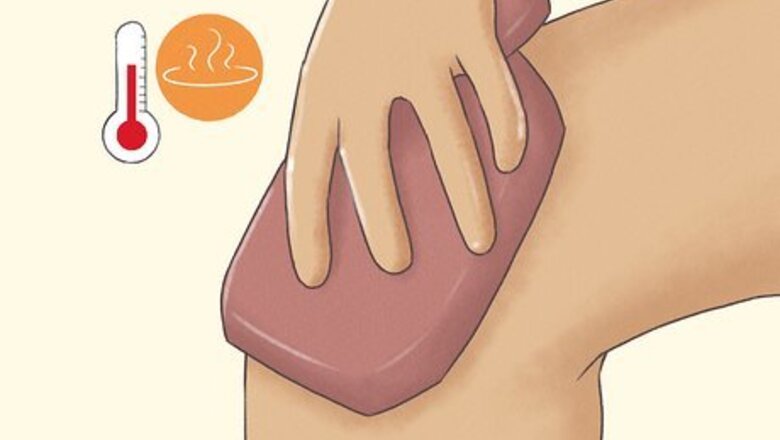
views
Press a heating pad against the painful joint.

Heat relaxes your muscles and relieves joint pain. If you don't have a heating pad, you could put a hot water bottle against the painful area. Hold the pad or bottle against the spot for about 20 minutes to get temporary pain relief. Never sleep with a heating pad on because you could burn yourself. Want to make a quick heating pad? Fill a sock with uncooked rice and tie it shut. Then, microwave it for 1 to 2 minutes or until it feels hot. Carefully remove it and press it against your painful joint.
Try cold therapy to reduce swelling.
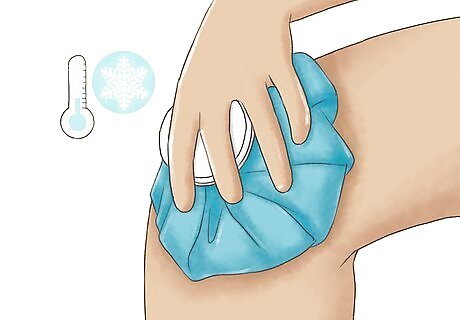
Place a cold pack on your joint for 10 to 20 minutes to numb the pain. Wrap an ice pack in a thin cloth before you press it on your painful joint—this way, you won't damage your bare skin. Keep the pack in place so it numbs the area and reduces inflammation. Most people with arthritis prefer heat treatments, but it's worth trying cold therapies to see if it helps you. Try alternating cold and heat therapies. For instance, press a heating pad on the affected joint after you ice it. After 20 minutes, switch back to the cold pack.
Soak in an Epsom salt bath.

Dissolve 1 1/2 cups (300 g) of Epsom salt in a tub of hot water. Although clinical trials are needed, some people find that Epsom salts soothe their muscles and relieve joint pain. The salts have magnesium and sulfate which soothe your muscles and can relieve joint pain. Try to soak for about 15 to 20 minutes to get the maximum benefit. Don't have time to run a full bath? No problem—dissolve a few spoonfuls of Epsom salt in a large bowl of hot water and submerge your hand, wrist, or elbow into it. Soak for as long as you can!
Get a massage.
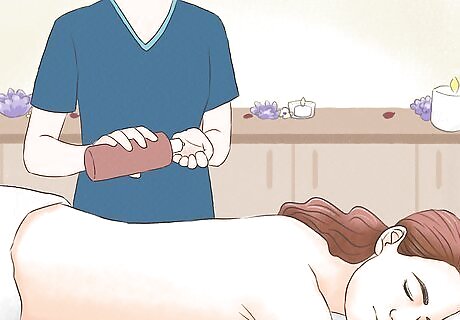
Schedule a Swedish or deep-tissue massage with a trained therapist. Communication is the key to a great massage, so let your therapist know where you're feeling arthritis pain. Research shows that regular massage therapy can reduce arthritis pain and improve your range of motion. Some insurance plans cover massage therapy, so check your plan before you schedule a session.
Stay active to prevent stiffness in your joints.

Try to move more throughout the day to increase muscle strength. This helps keep your joints flexible so you don't have as much pain or stiffness. Aim to get up and move around for a few minutes every hour. You might also stand up and do a few simple stretches, take the stairs whenever possible, or take the long way when you walk somewhere. Got extra time for movement? Block out time for yoga, pilates, or tai chi to improve flexibility and strengthen your muscles. If you're losing range of motion in your joints, you may need to work with a physical therapist who can design a personalized fitness program for you.
Lose weight to reduce pressure on your joints.
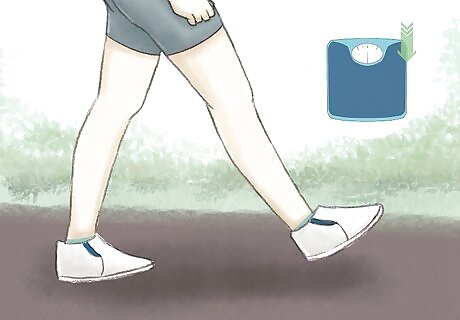
Carrying excess weight can also worsen inflammation. Although losing weight can be daunting, try to make gradual changes like eating better and getting more active. Work with your doctor to come up with a weight-loss plan that you can stick with over the long term. Try to exercise later in the day when you're less likely to feel stiff. Do exercises that are easier on your joints like swimming and walking instead of high-impact activities like running, jumping, or tennis.
Eat an anti-inflammatory diet.
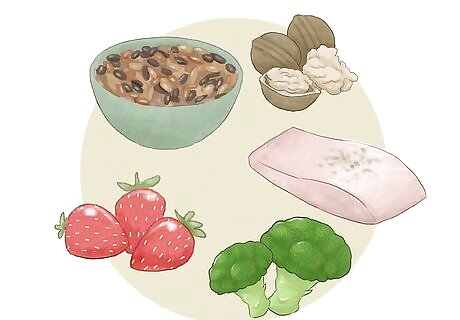
Fill your plate with nutritious fruits, vegetables, and whole grains. While supplements can help you manage arthritis pain, a healthy diet can prevent a lot of painful inflammation in the first place. Instead of eating refined flours, sugar, dairy, and saturated fats, try to incorporate: Fish like salmon, tuna, anchovies, and sardines Fruit like blueberries, blackberries, cherries, and strawberries Vegetables like kale, broccoli, spinach, and onions Nuts like walnuts, pine nuts, pistachios, and almonds Beans like pinto, black, red kidney, and garbanzo beans Healthy fats like extra-virgin olive oil, avocado oil, and yogurt Whole grains like rye, oats, and quinoa
Take over-the-counter pain medication.
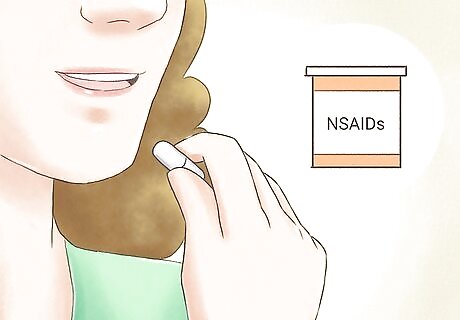
Try analgesics or nonsteroidal anti-inflammatory drugs for quick relief. Analgesics and NSAIDs are both pain relievers. The main difference is that NSAIDs like ibuprofen and aspirin also reduce inflammation so they're better if you have muscle pain along with arthritis. If you're concerned about the side effects of using NSAIDs long-term, try analgesics like acetaminophen first. Read the manufacturer's dosing recommendation so you don't exceed the daily recommended dose. If you're relying on NSAIDs for daily pain relief, ask your doctor about switching to an S-adenosylmethionine (SAM-e) supplement instead. SAM-e is a chemical compound that can reduce pain perception just like NSAIDs but without side effects.
Apply topical analgesics to distract from the pain.

Use an OTC cream or gel that has menthol, capsaicin, or camphor. When you rub a thin layer of the product over the painful joint, these ingredients block pain signals to your nerves or make a cooling sensation that distracts you from the arthritis pain. It's fine to apply topical analgesics and take oral pain medication at the same time. Capsaicin can reduce joint pain with regular use. Studies showed a 50% pain reduction after 3 weeks of using a capsaicin cream or gel.
Take a daily supplement to reduce inflammation.
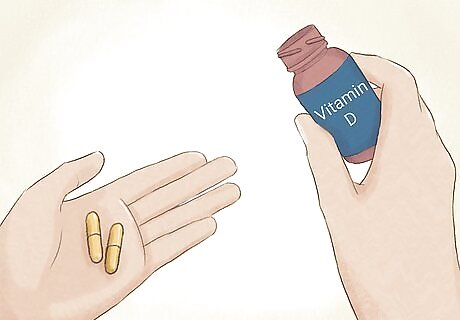
Inflammation causes pressure, stiffness, and joint pain. Fortunately, you can reduce inflammation by adding a nutritional supplement that supports your joints. You can shop for a general arthritis supplement or look for these specific nutrients: Avocado-soybean unsaponifiables (ASU): This reduces pain and stiffness while preventing arthritis from worsening. Fish oil or Omega-3s: These reduce inflammation and relieve pain almost as effectively as NSAIDs. Vitamin D: Treating a vitamin D deficiency can prevent early inflammatory arthritis from progressing to chronic rheumatoid arthritis.
Quit smoking.
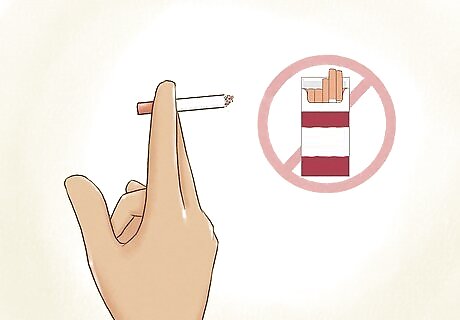
Smoking stresses your connective tissues which causes arthritis pain. Studies have also shown that smoking can increase your pain sensitivity so arthritis pain feels worse for you. Try to give up smoking or at least cut back on how much you smoke every day. Join a local support group to help you give up smoking. Your doctor can also help you find cessation products like nicotine patches or gum.
Use assistive devices like canes or tools with wide grips.
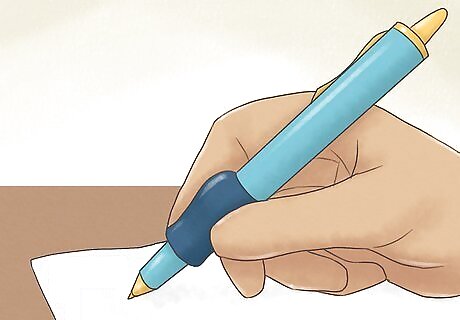
These are great at reducing pressure on your joints. You might instantly think of canes or walkers that help you distribute pressure when you walk, but there are also household items designed for people with arthritis. Use ergonomic pens with a larger base if you have pain or stiffness in your hands, add handrails to bathtubs or showers so they're easier to get into, or use tools that have wide grips that are easier to grasp, for instance. You should also pick up things with stronger joints instead of smaller ones. For example, carry a heavy bag with your elbow joint instead of with a weaker wrist or your fingers.
Talk with your doctor about stronger pain relief treatments.
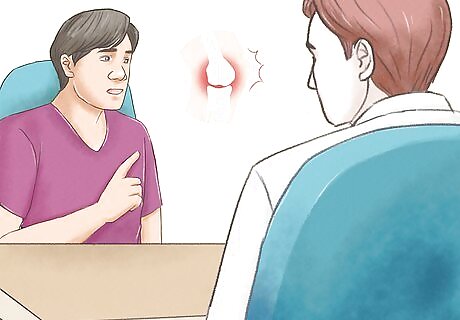
Your doctor will take X-rays and your medical history. This helps them give you a specialized treatment plan. You might be prescribed a stronger analgesic that has oxycodone or hydrocodone if you have extreme arthritis pain or they'll give you a corticosteroid shot to manage severe pain and swelling, for instance. Injections can provide you with quick relief, but they can only be used a few times a year since they break down bone and cartilage. This is why it's important to develop a long-term treatment plan with your doctor.












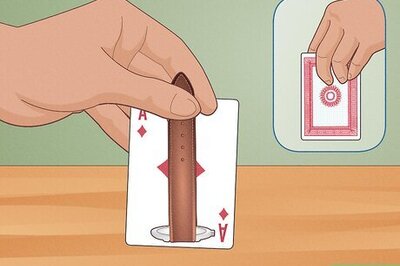



Comments
0 comment